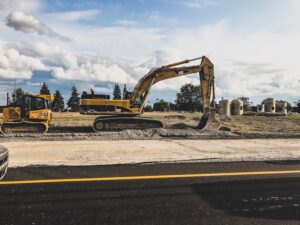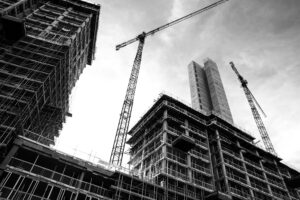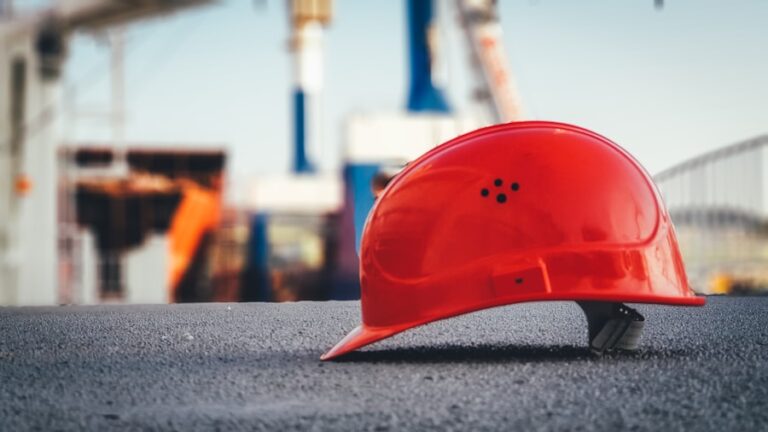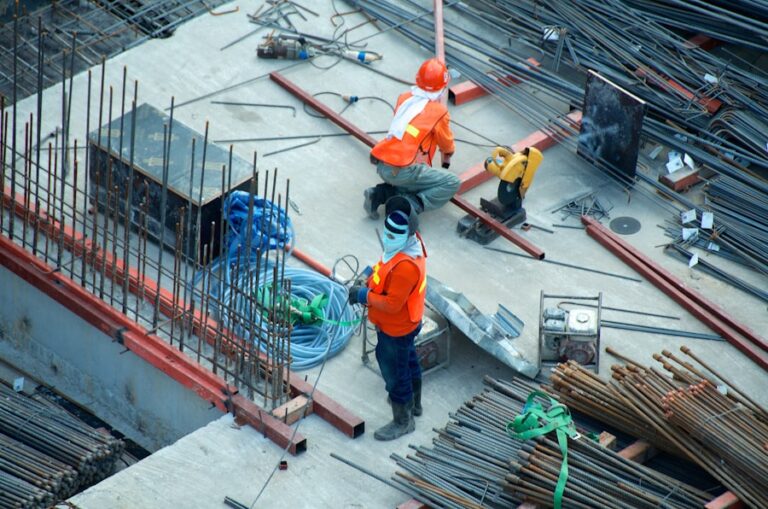When it comes to building a new property, the location and land are crucial factors to consider. The location of the property can greatly impact its value, accessibility, and overall appeal. Whether you are looking to build in a bustling city center or a serene countryside, the location will play a significant role in the success of your project. Additionally, the type of land you choose will also have an impact on the design and construction process. Factors such as soil type, topography, and natural features will all need to be taken into consideration when planning your build.
Furthermore, the location and land will also influence the overall aesthetic and feel of the property. For example, a property located in a coastal area may have a more relaxed and beachy vibe, while a property in a mountainous region may have a more rustic and cozy feel. It is important to carefully consider the location and land when planning your build to ensure that it aligns with your vision and goals for the property.
Design and Architecture
The design and architecture of a new property are perhaps the most exciting and creative aspects of the building process. This is where you have the opportunity to bring your vision to life and create a space that is both functional and aesthetically pleasing. When it comes to design and architecture, there are countless styles, layouts, and features to consider. From modern and minimalist designs to traditional and ornate architecture, the possibilities are endless.
In addition to the overall style of the property, the design and architecture will also need to take into account practical considerations such as layout, flow, and functionality. It is important to work with an experienced architect or designer who can help you bring your vision to life while also ensuring that the property is structurally sound and meets all necessary building codes and regulations. The design and architecture of a property are what give it its unique character and charm, so it is important to invest time and effort into this aspect of the building process.
Permits and Regulations
Before breaking ground on a new property, it is essential to obtain all necessary permits and ensure that the project complies with local building regulations. This can be a complex and time-consuming process, but it is crucial for ensuring that your build is legal, safe, and up to code. Depending on the location and type of property you are building, there may be a wide range of permits and regulations that need to be addressed.
From zoning permits to building permits to environmental impact assessments, there are numerous hoops to jump through when it comes to obtaining the necessary approvals for your build. It is important to work closely with local authorities and professionals who are familiar with the permitting process to ensure that everything is in order before construction begins. Failing to obtain the proper permits or comply with regulations can result in costly fines, delays, or even legal action, so it is crucial to take this aspect of the building process seriously.
Budget and Financing
One of the most important aspects of building a new property is establishing a realistic budget and securing financing for the project. Building a new property can be a significant financial investment, so it is important to carefully consider all costs and expenses associated with the build. From land acquisition to design fees to construction costs, there are numerous expenses that need to be accounted for when planning your budget.
In addition to establishing a budget, it is also important to secure financing for the project. This may involve obtaining a construction loan or securing other forms of financing to cover the costs of the build. Working with a financial advisor or lender can help you navigate the complexities of securing financing for your project and ensure that you have the necessary funds in place before construction begins.
Materials and Construction
The materials used in the construction of a new property can greatly impact its durability, energy efficiency, and overall aesthetic appeal. From foundation materials to roofing materials to interior finishes, there are countless options to consider when it comes to selecting materials for your build. It is important to carefully consider factors such as cost, durability, maintenance requirements, and environmental impact when choosing materials for your project.
In addition to selecting materials, the construction process itself is a crucial aspect of building a new property. Working with experienced contractors and builders who are familiar with the latest construction techniques and technologies can help ensure that your build is completed on time, within budget, and to the highest standards of quality. From site preparation to framing to finishing touches, the construction process requires careful planning, coordination, and attention to detail.
Amenities and Features
When building a new property, it is important to consider what amenities and features will enhance the overall appeal and functionality of the space. Whether you are building a residential home, commercial property, or vacation rental, incorporating desirable amenities and features can greatly enhance the value and appeal of the property. From high-end appliances to smart home technology to outdoor living spaces, there are countless options to consider when it comes to adding amenities and features to your build.
In addition to enhancing the overall appeal of the property, amenities and features can also improve the functionality and livability of the space. For example, incorporating energy-efficient features such as solar panels or high-efficiency HVAC systems can help reduce utility costs and minimize environmental impact. Similarly, adding amenities such as a swimming pool or outdoor kitchen can create an inviting space for entertaining and relaxation.
Maintenance and Management
Once your new property is built, it is important to establish a plan for ongoing maintenance and management. This may involve hiring a property manager or maintenance team to oversee day-to-day operations, handle repairs and maintenance, and ensure that the property remains in top condition. Additionally, it is important to establish a plan for regular maintenance tasks such as landscaping, cleaning, and routine inspections.
In addition to ongoing maintenance, it is also important to consider long-term management strategies for your property. This may involve developing a plan for marketing and leasing if you are building a rental property or establishing protocols for handling tenant or guest inquiries if you are building a commercial or vacation property. By carefully considering maintenance and management needs from the outset, you can ensure that your new property remains in top condition for years to come.

















